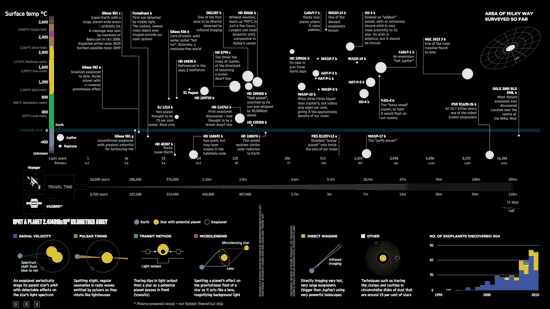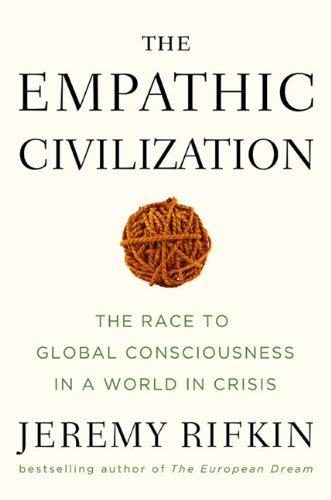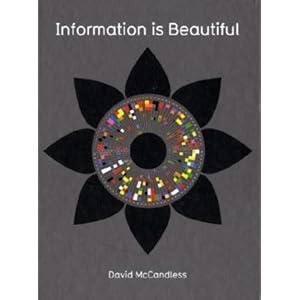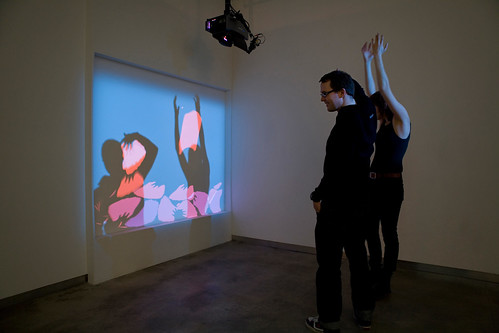Someone on twitter mentioned SETI@home and I went to investigate. SETI is the collective name for projects started in the 80's to look for extraterrestrial life. SETI@home basically uses everyone's computers to join up and make a supercomputer to sift through recordings from space to look for rhythms that could come from intelligent life. BOINC is a program that starts up like a screensaver whenever there is spare CPU and works away with any projects that you have chosen to sign up for.
After SETI@home had been running for a few minutes I got visuals like this of live data
I liked the fact that this was a 3D graph of live data, and that it was data from space.
(Apparently SETI is being shut down. Great.) http://www.unthinkable.biz/home/article/2468/seti-gets-shelved-the-truth-will-have-to-wait
BOINC also recommends other similar projects for you, and through that I found Einstein at home.
"The Einstein@Home Screensaver has a number of elements related to current efforts to detect gravitational radiation from periodic sources such as pulsars. The primary element of the screensaver is a rotating celestial sphere showing the known constellations, along with the current zenith positions of three gravity wave detectors. The positions of the detectors relative to the stars changes periodically over a 24 hour period. If you went to one of the detector sites, the stars visible directly overhead at any time are the same ones that appear next to the detector on your screensaver. (This assumes of course that your computer's time and timezone are correctly set!) Also shown are the positions of the known pulsars and supernovae remnants, and a marker indicating the positions being searched as the calculations proceed. When the graphics are shown in a separate window (not as a screensaver) the user can control the display with the mouse and keyboard." - The Einstein@home website.
As far as I'm concerned these are practically ready made art. Blown up big enough in an installation, with people being able to zoom in with gestures instead of a mouse, I think this would be brilliant!
























